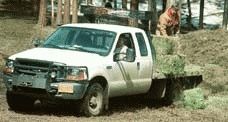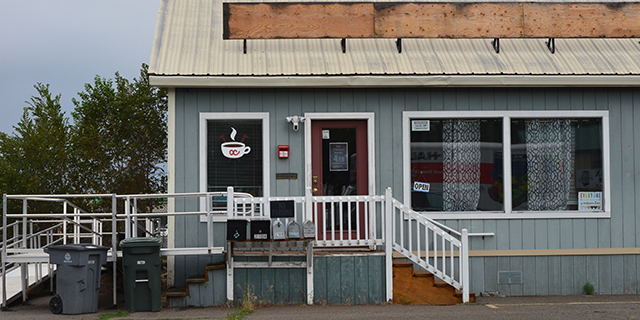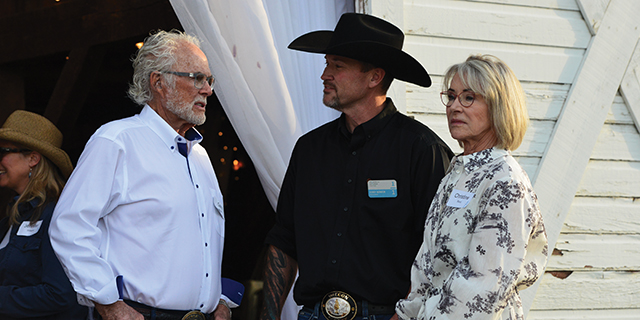A LONG WINTER
Published 12:00 am Friday, March 29, 2002

- POPULAR SITE: About 140 elk come to the Anthony Creek feeding site every day. In the winter, horse-drawn trolley rides are provided to this site for the public. Many bull elk do not have antlers now because they shed them this time of year. (PHOTO BY DICK MASON).
NORTH POWDER Eddie Miguez, manager of the Elkhorn Wildlife Management Area, shakes his head in wonder as he recites the numbers.
Miguez is in his office near the foot of the Elkhorns. He is determining how much hay has been fed to deer and elk in the wildlife management area in 2001-2002.
The difference compared to previous years is as eye popping as the majesty of the Elkhorns in the winter.
Since late November, 790 tons of hay has been fed to 1,300 elk and 880 deer at the Elkhorn site. In 2000-2001, 534 tons of hay were fed to deer and elk; in 1999-2000 the number was 604 tons and in 1998-99 it was 570 tons.
On top of this, 50 tons of pellets for deer have been distributed this season compared to the average of 35 to 40 tons.
The additional feed has been necessary because of the unusually heavy snowfall the Elkhorn wildlife area has received.
It started early, stayed deep and stayed late, said the Oregon Department of Fish and Wildlifes Ken Kilgore, assistant manager of the wildlife area.
This has been the hardest winter since 1992-93, when the ODFW fed 1,100 tons of hay to deer and elk.
Feeding began in late November and will continue at least to mid- April. Feeding usually begins around mid-December and ends in March.
Normally by late March enough snow has cleared that deer and elk have started moving to higher ground in the Elkhorns. Not this year.
Elk and deer are still snowbound and apparently are growing frustrated.
Normally you see them starting to wander and look for natural forage. There isnt any now, Miguez said.
Tracks are visible, indicating that elk and deer are trying to move out and find forage.
Feeding is conducted by the ODFW each day between 7:30 a.m. and 2 p.m. Elk and deer seem to know when to expect the feed trucks.
If we are late they are waiting for us, Kilgore said.
The elk and deer recognize the trucks, which is apparent when someone uses a different truck to bring in hay. The deer and elk are leery of trucks they are unfamiliar with, Miguez said.
ODFW staff members take food to 10 feed sites, one of which is exclusively for deer.
The greatest number of elk show up at the Auburn site, 10 miles south of Baker City. About 420 elk are fed there.
Auburn has the most elk but the Anthony Creek site is by far the best known. This is where horse-drawn trolley rides have been provided each winter since the early 1990s. About 155 elk eat at Anthony Creek.
Deer and elk have been fed for many years at the Elkhorn Wildlife Area so that they will not venture into the Baker Valley and damage farmers haystacks.
Without feeding sites, some deer and elk would be removed via damage control hunts, Miguez said.
The Elkhorn Wildlife Management Area extends from the Ladd Canyon area to 10 miles south of Baker City. It is composed of 10,000 acres but does not run continuously.
ODFW employees travel 145 miles a day, seven days a week to provide hay and pellets at the various sites.
The work is easier now than it was in December and January when the snow was much deeper, requiring a grader and Cat to clear the roads.
Story and photos by Dick Mason





